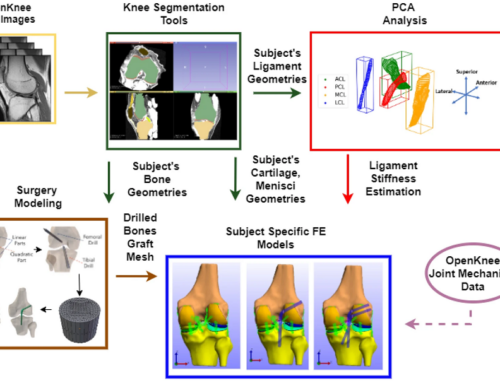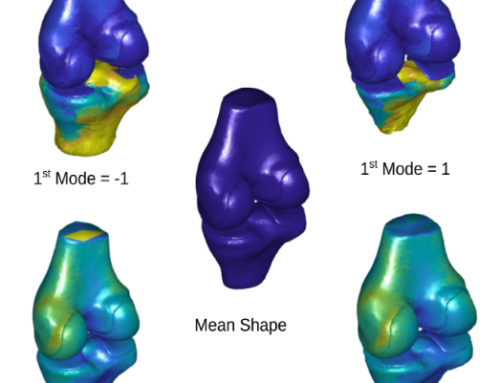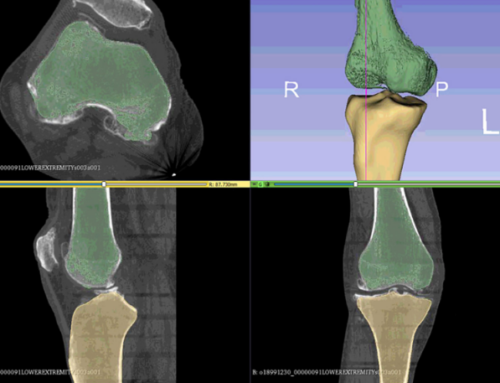Simulation of Constrained Musculoskeletal Systems in Task Space
This paper proposes an operational task space formalization of constrained musculoskeletal systems, motivated by its promising results in the field of robotics. Methods: The change of representation requires different algorithms for solving the inverse and forward dynamics simulation in the task space domain. We propose an extension to the direct marker control and an adaptation of the computed muscle control algorithms for solving the inverse kinematics and muscle redundancy problems, respectively. Results: Experimental evaluation demonstrates that this framework is not only successful in dealing with the inverse dynamics problem, but also provides an intuitive way of studying and designing simulations, facilitating assessment prior to any experimental data collection. Significance: The incorporation of constraints in the derivation unveils an important extension of this framework toward addressing systems that use absolute coordinates and topologies that contain closed kinematic chains. Task space projection reveals a more intuitive encoding of the motion planning problem, allows for better correspondence between observed and estimated variables, provides the means to effectively study the role of kinematic redundancy, and most importantly, offers an abstract point of view and control, which can be advantageous toward further integration with high level models of the precommand level. Conclusion: Task based approaches could be adopted in the design of simulation related to the study of constrained musculoskeletal.
D. Stanev, and K. Moustakas, “Simulation of Constrained Musculoskeletal Systems in Task Space”, IEEE Transactions on Biomedical Engineering, vol. 65, no. 2, pp. 307-318, February 2018, DOI: 10.1109/TBME.2017.2764630, [publication materials]







